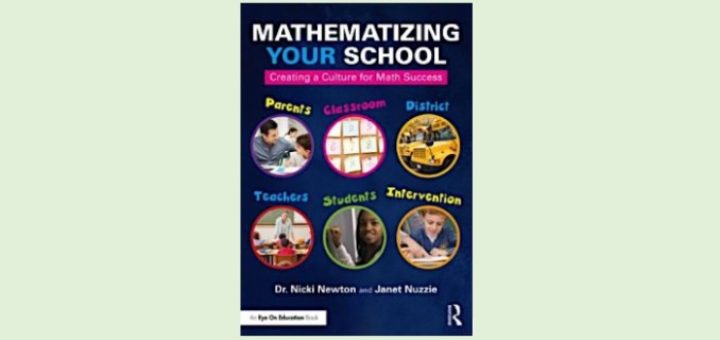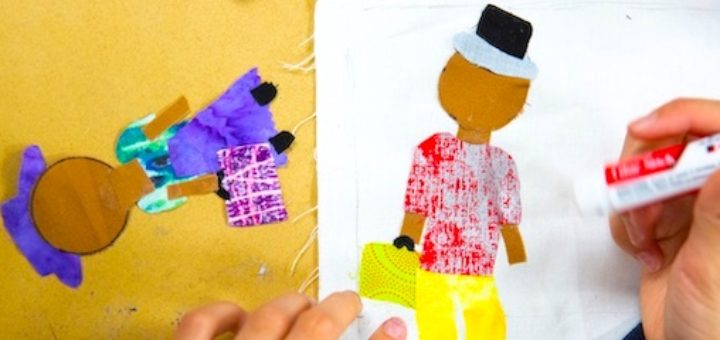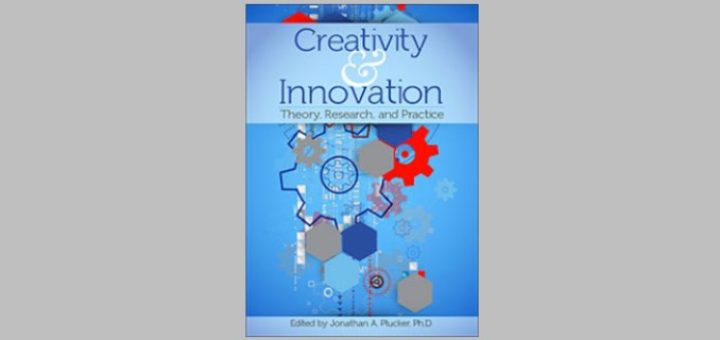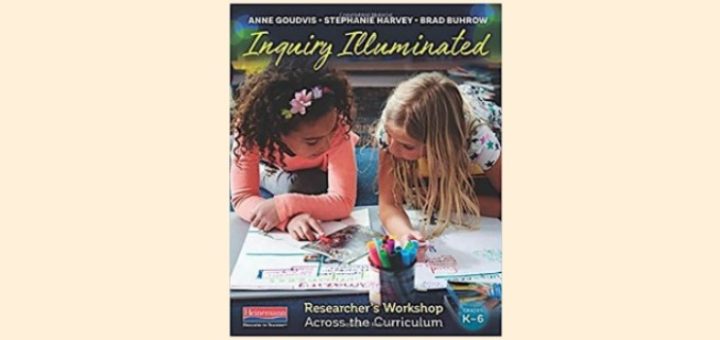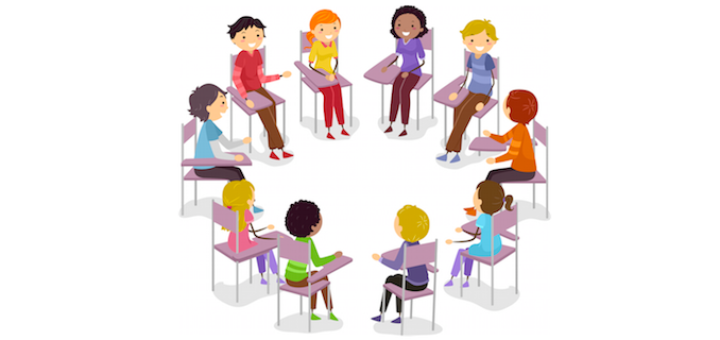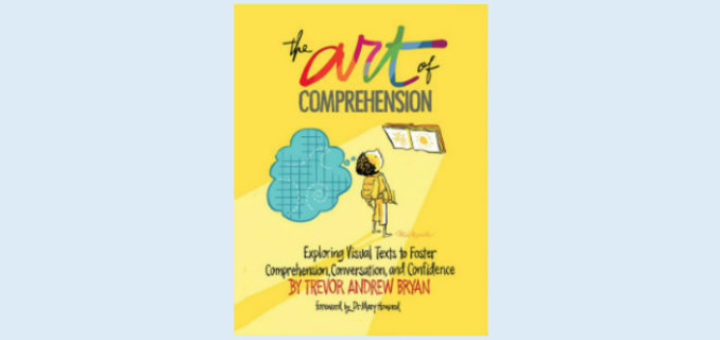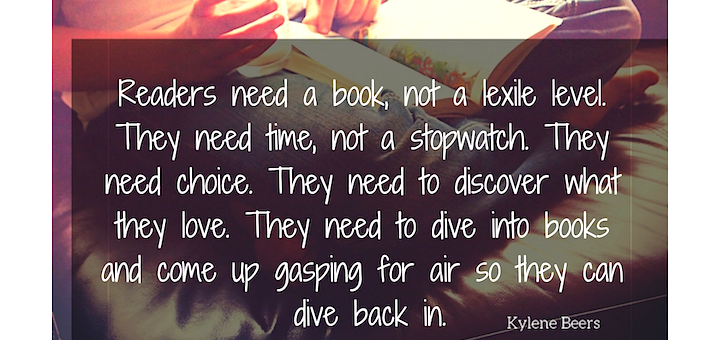Conferring: A Powerful Tool Across Disciplines
Unlike quick teacher check-ins, teaching conferences allow for a deep conversation with a student in just 5 or 6 minutes. And they’re not just for ELA teachers and balanced literacy. Katie McGrath shares step by step conferring tips to target learning in any content area.


